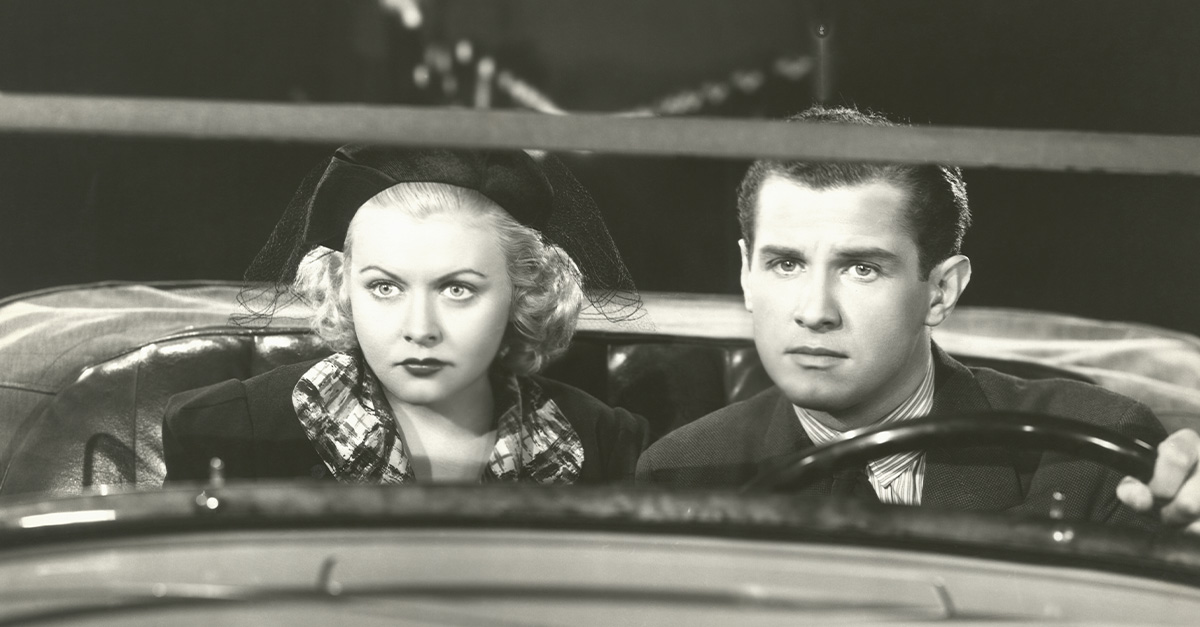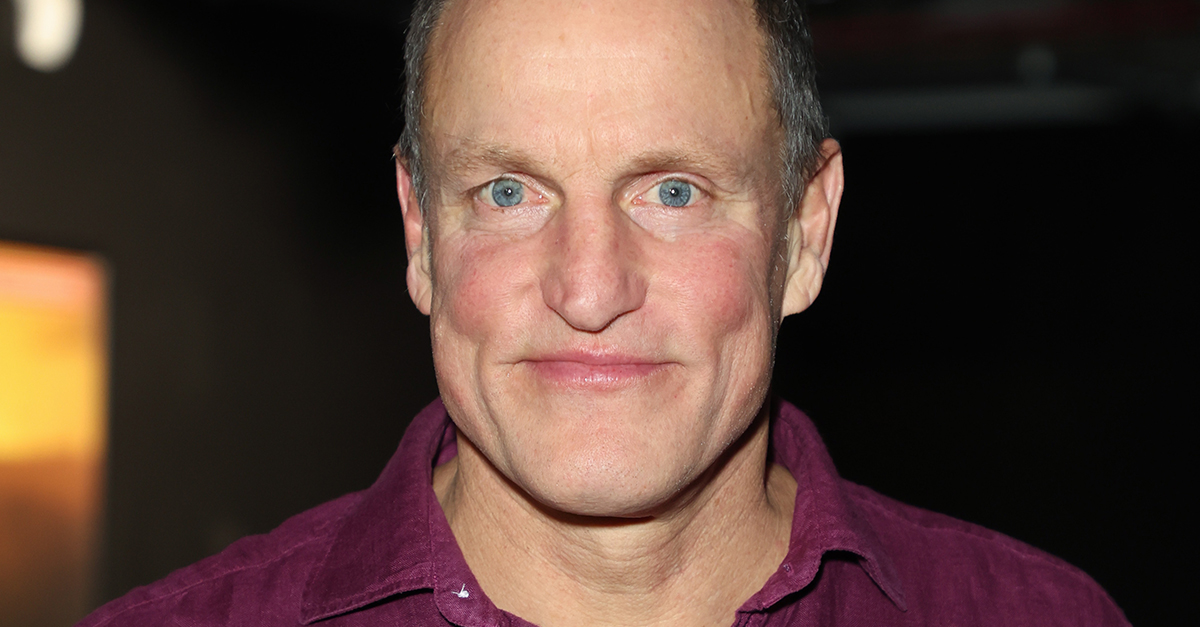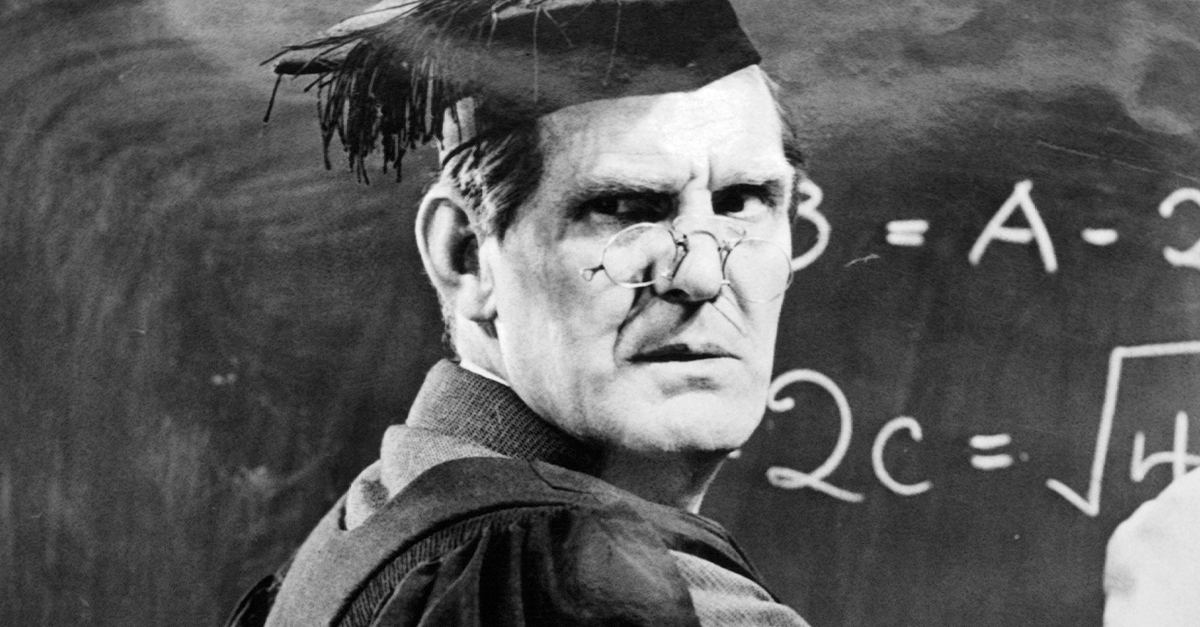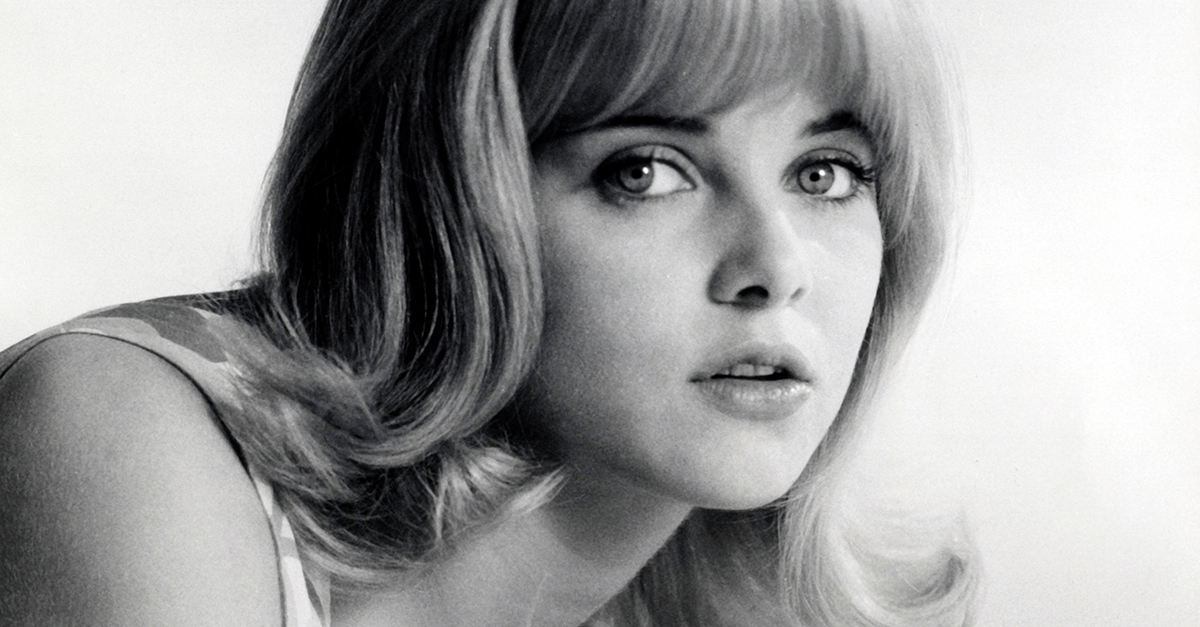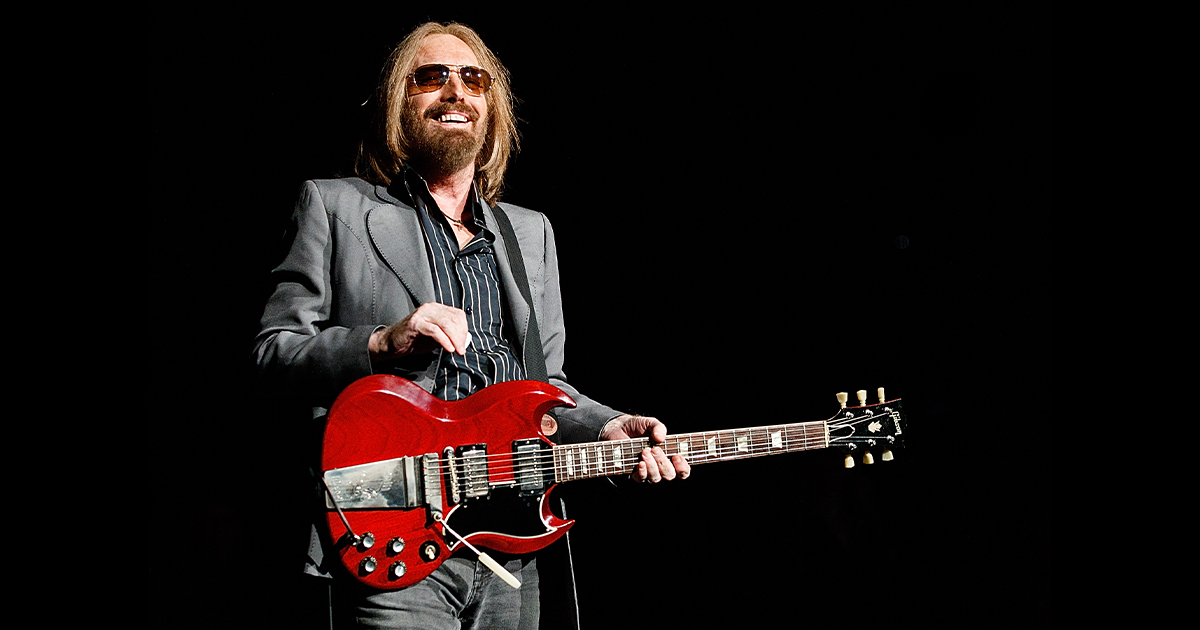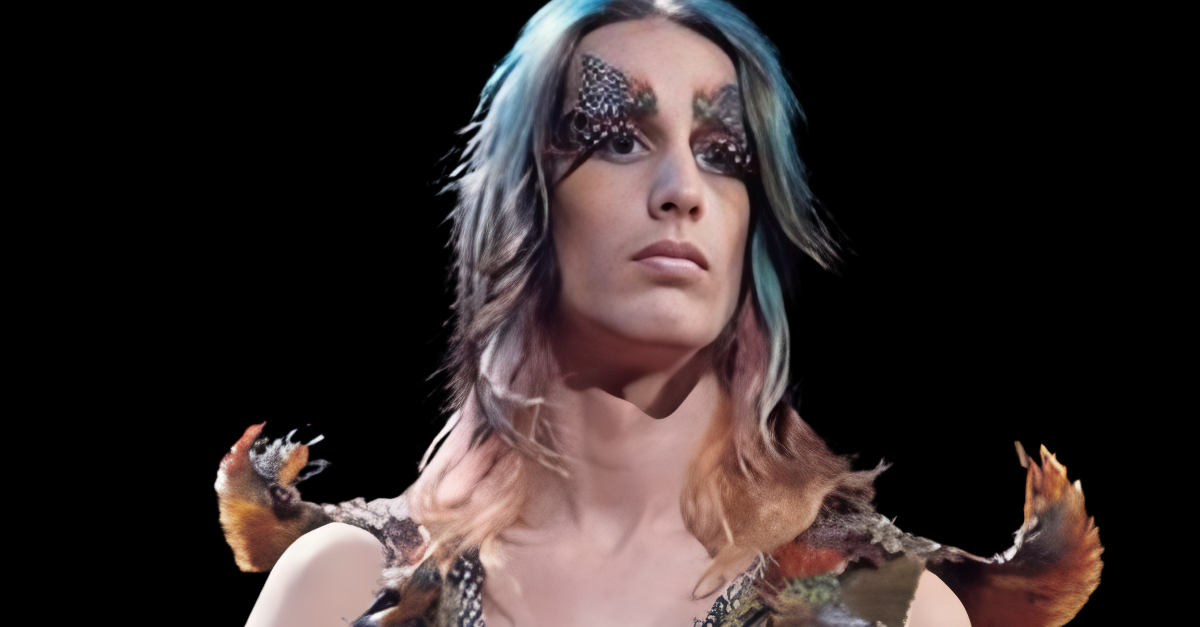A Love Letter to Cinema’s Shadows
Black and white movies are more than just old films — they’re the foundation of everything we love about cinema today. Without flashy color to hide behind, these stories rely on mood, light, and character to pull you in. The contrast of black and white gives them an emotional weight that never really goes out of style. Whether you’re watching a romantic classic, a gritty noir, or a silent masterpiece, these films remind us that great storytelling doesn’t need color — just heart, talent, and a bit of magic.
![]()
Casablanca (1942)
If you’ve never seen Casablanca, you’ve still heard half its dialogue quoted somewhere. Humphrey Bogart and Ingrid Bergman’s tragic love story set against the backdrop of World War II has aged like fine wine — stylish, heartfelt, and endlessly rewatchable. Every smoky scene feels like a memory you’ve somehow lived yourself. “Here’s looking at you, kid” still hits like a punch to the heart.
 Warner Bros. Pictures, Casablanca (1942)
Warner Bros. Pictures, Casablanca (1942)
Citizen Kane (1941)
When Orson Welles made Citizen Kane at just 25, he didn’t just create a film — he changed the language of cinema. It’s bold, innovative, and strangely emotional. On the surface, it’s about a powerful man’s rise and fall, but underneath, it’s a story about loneliness and loss. The word “Rosebud” has echoed through movie history for a reason.
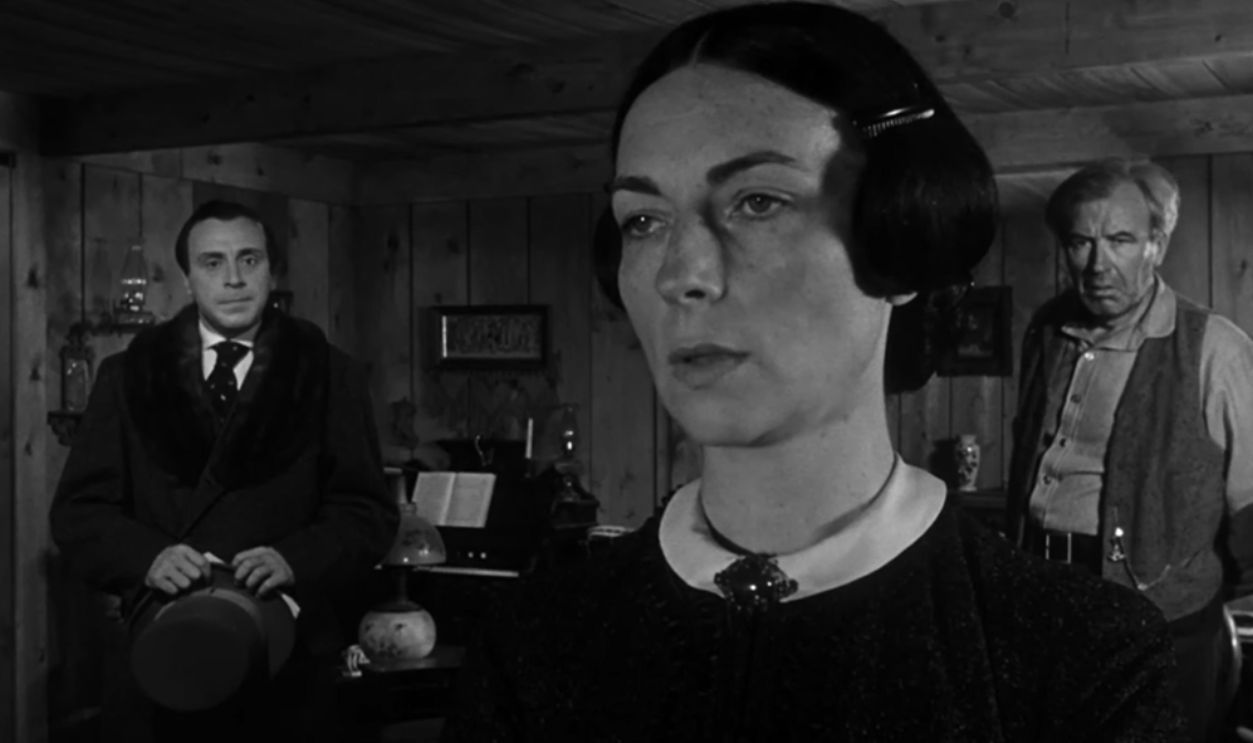 RKO Radio Pictures, Citizen Kane (1941)
RKO Radio Pictures, Citizen Kane (1941)
Psycho (1960)
Few films have shaken audiences like Alfred Hitchcock’s Psycho. Even in an era when color was the norm, Hitchcock shot in black and white to make every shadow and scream more chilling. The shower scene alone changed horror forever, but it’s Anthony Perkins’ quietly terrifying performance that lingers the longest.
 Paramount Pictures, Psycho (1960)
Paramount Pictures, Psycho (1960)
Some Like It Hot (1959)
Chaos, charm, and comedy gold. Some Like It Hot throws Tony Curtis and Jack Lemmon into dresses and a runaway train with Marilyn Monroe — and the result is pure perfection. It’s one of those rare comedies that still feels fresh decades later, full of clever wordplay, mistaken identities, and irresistible chemistry.
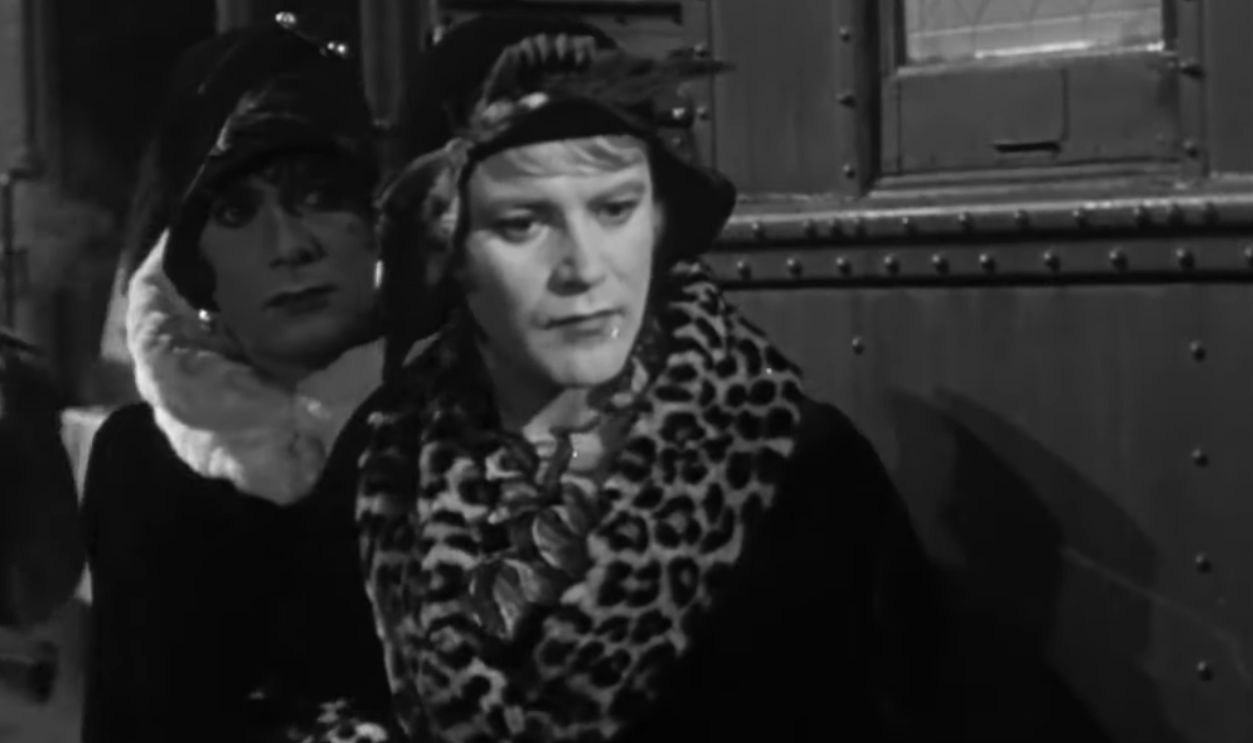 United Artists, Some Like It Hot (1959)
United Artists, Some Like It Hot (1959)
Schindler’s List (1993)
Steven Spielberg’s decision to film Schindler’s List in black and white was genius. It strips the story to its rawest truth — no distractions, just humanity at its darkest and brightest. Liam Neeson gives a performance that’s quiet but unforgettable, and the girl in the red coat — one small flash of color — remains one of the most powerful images ever captured on film.
 Universal Pictures, Schindler’s List (1993)
Universal Pictures, Schindler’s List (1993)
It’s A Wonderful Life (1946)
There’s a reason this movie has become a Christmas tradition. It’s a Wonderful Life is a film about regret, hope, and what it really means to matter. Jimmy Stewart’s George Bailey is just an ordinary guy, but by the end, you realize that “ordinary” people can make the biggest difference. It’s a warm, tear-filled hug of a movie.
 RKO Radio Pictures, It’s a Wonderful Life (1946)
RKO Radio Pictures, It’s a Wonderful Life (1946)
The Maltese Falcon (1941)
Film noir wouldn’t be the same without The Maltese Falcon. Humphrey Bogart’s tough-as-nails detective gets tangled up in greed, lies, and double-crosses in a world where no one is clean. The shadows are thick, the dialogue is razor-sharp, and every glance feels dangerous. It’s moody, mysterious, and oh-so-cool.
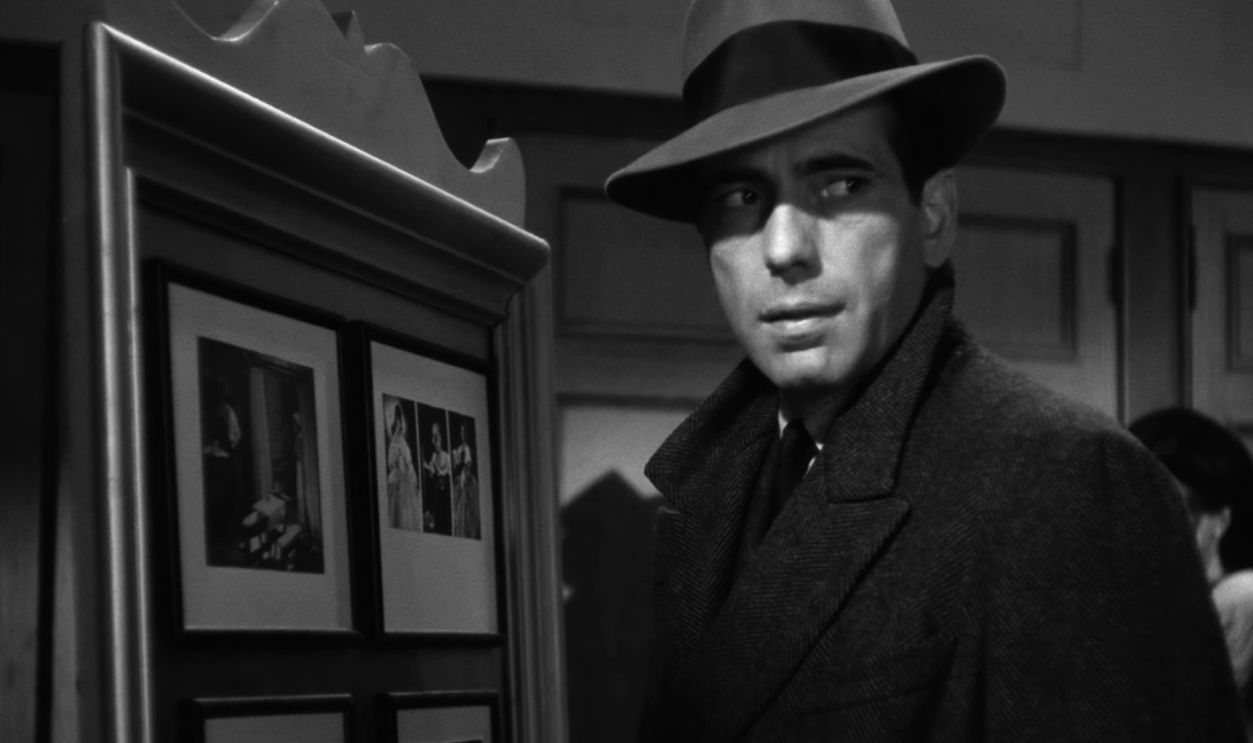 Warner Bros., The Maltese Falcon (1941)
Warner Bros., The Maltese Falcon (1941)
12 Angry Men (1957)
You don’t need explosions to create tension. 12 Angry Men takes place almost entirely in one room, yet it’s one of the most gripping movies ever made. Twelve jurors debate the fate of a boy accused of murder, and as tempers flare, prejudices come out. Henry Fonda leads the charge in a powerful look at justice, empathy, and the courage to speak up.
 United Artists, 12 Angry Men (1957)
United Artists, 12 Angry Men (1957)
The Seventh Seal (1957)
A knight sits down to play chess with Death. That single image sums up The Seventh Seal — mysterious, haunting, and deeply human. Ingmar Bergman’s masterpiece isn’t just about the plague or mortality; it’s about what we do with the time we have. The stark black-and-white visuals make it feel like a dream you can’t shake.
 Svensk Filmindustri, The Seventh Seal (1957)
Svensk Filmindustri, The Seventh Seal (1957)
Sunset Boulevard (1950)
“Mr. DeMille, I’m ready for my close-up.” Gloria Swanson’s chilling delivery of that line still gives goosebumps. Sunset Boulevard is Hollywood turned inside out — a dark, tragic look at fame, obsession, and what happens when the spotlight fades. Billy Wilder created a film that’s equal parts glamorous and grotesque — and impossible to forget.
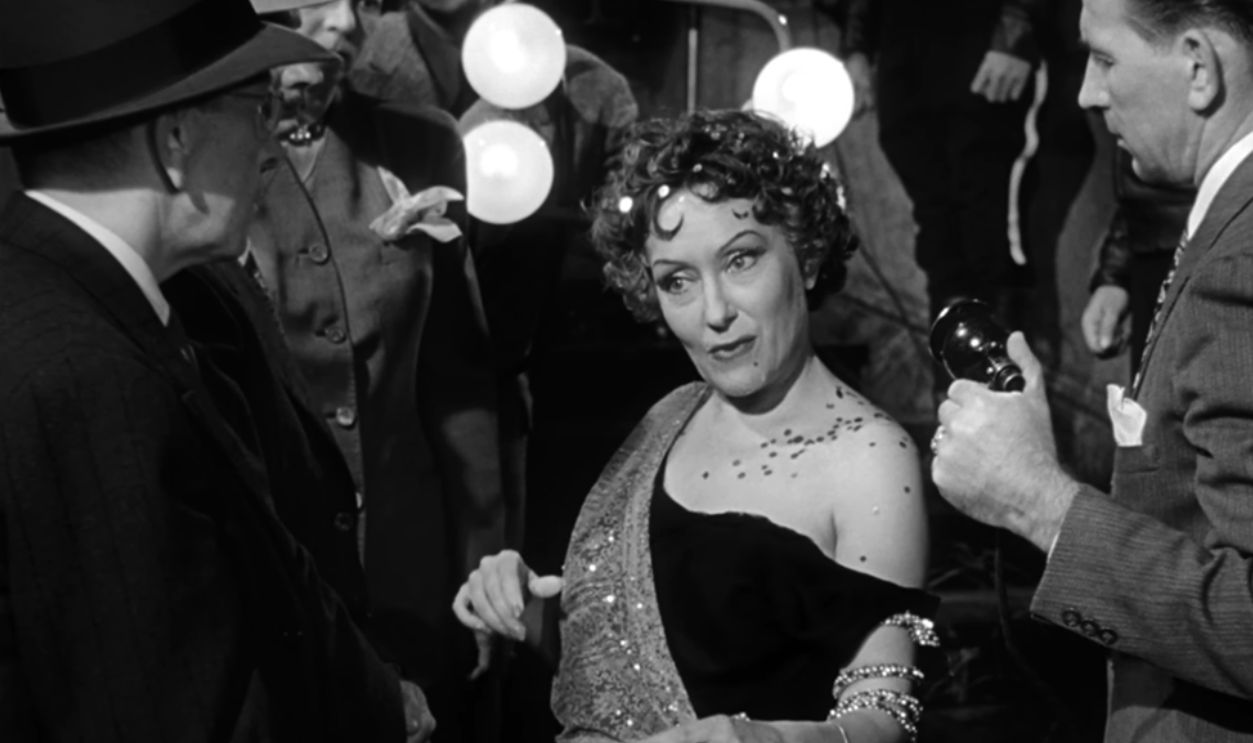 Paramount Pictures, Sunset Boulevard (1950)
Paramount Pictures, Sunset Boulevard (1950)
Modern Times (1936)
Charlie Chaplin’s Modern Times somehow manages to be hilarious, heartbreaking, and socially relevant all at once. His Little Tramp struggles to survive in an increasingly mechanical world, caught between factory gears and economic hardship. It’s proof that you can say a lot about humanity — even without saying a single word.
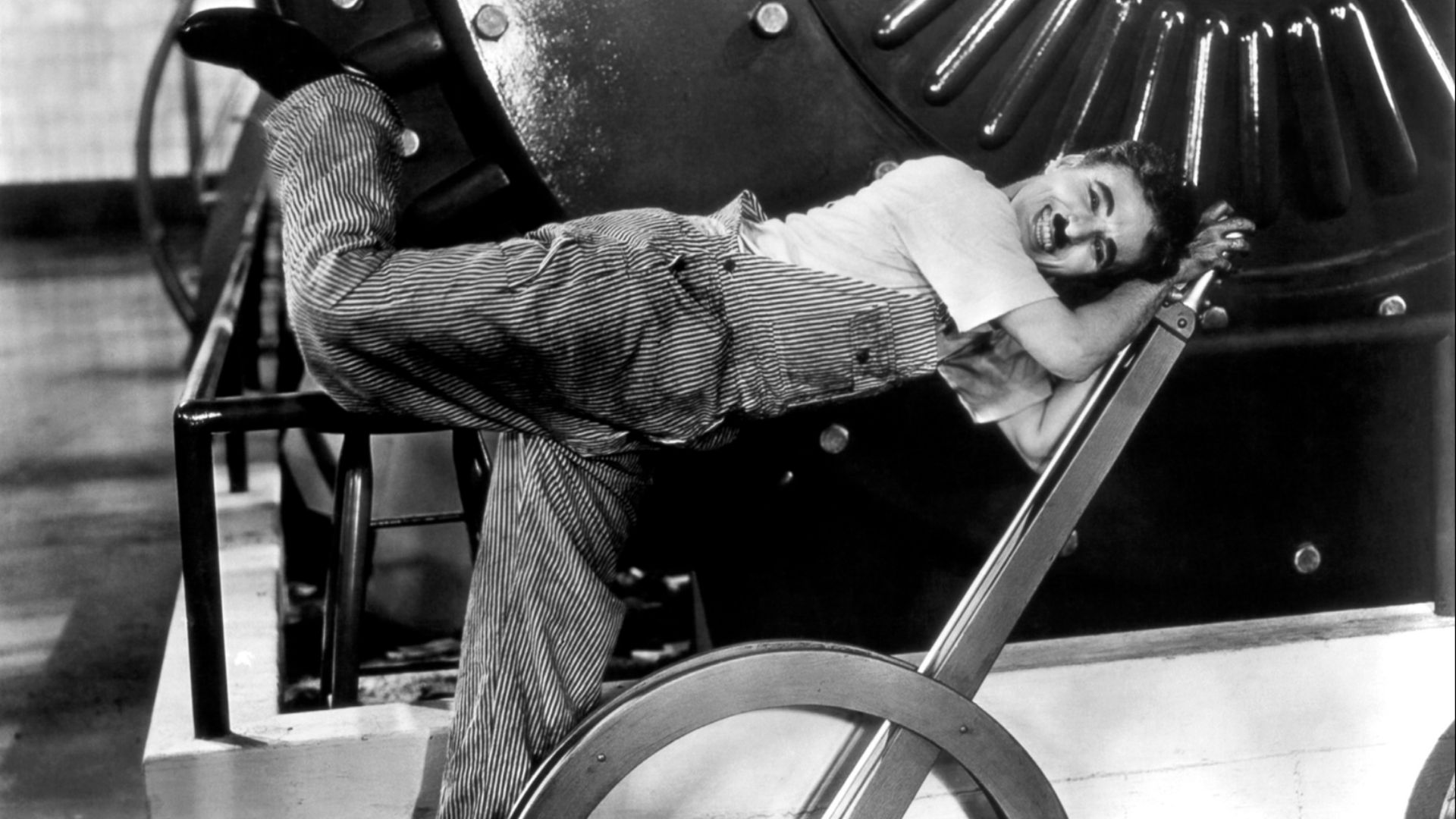 United Artists, Wikimedia Commons
United Artists, Wikimedia Commons
The Philadelphia Story (1940)
Romantic comedy doesn’t get much better than The Philadelphia Story. Katharine Hepburn, Cary Grant, and James Stewart all at their charming best? You can’t lose. It’s witty, glamorous, and full of sharp banter. Every line sparkles, every look says more than words.
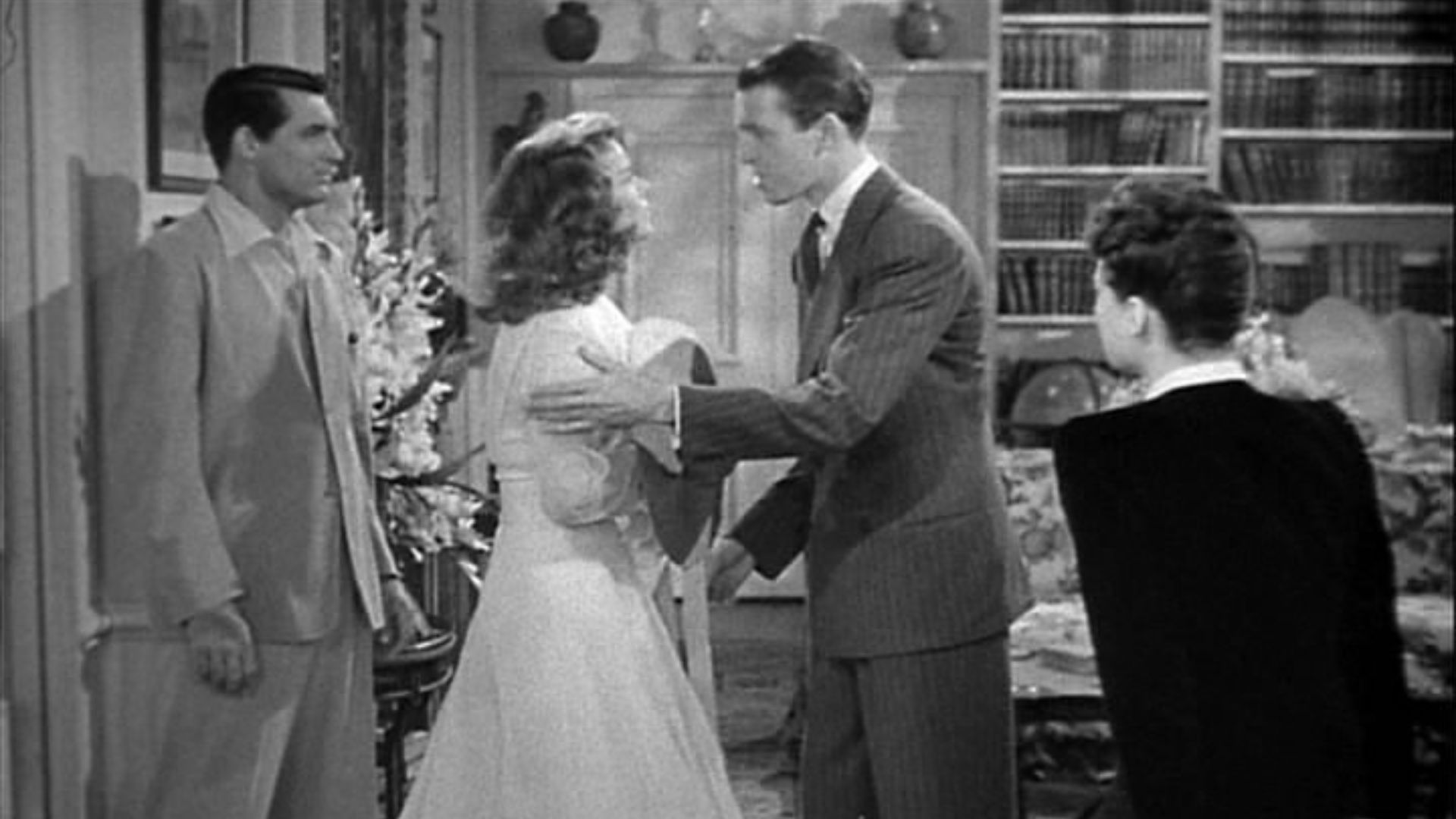 Trailer screenshot, Wikimedia Commons
Trailer screenshot, Wikimedia Commons
Double Indemnity (1944)
Murder, lust, and moral decay — Double Indemnity is noir at its finest. Fred MacMurray falls for Barbara Stanwyck’s dangerous femme fatale, and together they plan the perfect crime. Spoiler: it’s not perfect. Every shadow in this film feels alive, and the dialogue snaps like electricity.
 Paramount Pictures, Double Indemnity (1944)
Paramount Pictures, Double Indemnity (1944)
To Kill A Mockingbird (1962)
Few films capture decency like To Kill a Mockingbird. Gregory Peck’s Atticus Finch remains one of cinema’s greatest moral heroes — calm, compassionate, and courageous. The film’s black and white visuals give it a quiet strength, reinforcing its themes of justice and innocence. It’s not just a movie — it’s a lesson in empathy.
 Universal Pictures, To Kill a Mockingbird (1962)
Universal Pictures, To Kill a Mockingbird (1962)
The Apartment (1960)
Loneliness has never been so funny — or so touching. The Apartment tells the story of an ordinary man (Jack Lemmon) who lets his bosses use his apartment for their affairs. But when he falls for one of the women (Shirley MacLaine), things get complicated. It’s bittersweet, honest, and impossibly human.
 Billy Wilder / United Artists / Mirish Corporation, Wikimedia Commons
Billy Wilder / United Artists / Mirish Corporation, Wikimedia Commons
On The Waterfront (1954)
Marlon Brando’s performance in On the Waterfront is a masterclass in vulnerability. Playing a washed-up boxer who takes on corrupt union bosses, Brando gives one of the most famous lines in film history: “I coulda been a contender.” Gritty, raw, and deeply moving, this is American cinema at its most powerful.
 Columbia Pictures, On the Waterfront (1954)
Columbia Pictures, On the Waterfront (1954)
Dr. Strangelove (1964)
Stanley Kubrick somehow made nuclear apocalypse hilarious — and terrifying. Dr. Strangelove is an absurd satire on the Cold War, where Peter Sellers plays multiple roles with pure comedic genius. Every line drips with irony, and the black and white visuals make it feel like a newsreel from the world’s worst day.
 Columbia Pictures, Dr. Strangelove (1964)
Columbia Pictures, Dr. Strangelove (1964)
The Third Man (1949)
Few films have atmosphere like The Third Man. Set in postwar Vienna, it’s filled with tilted camera angles, haunting shadows, and a famous zither score you’ll never forget. Orson Welles appears as the mysterious Harry Lime — and when he finally steps out of the shadows, it’s one of the greatest entrances in movie history.
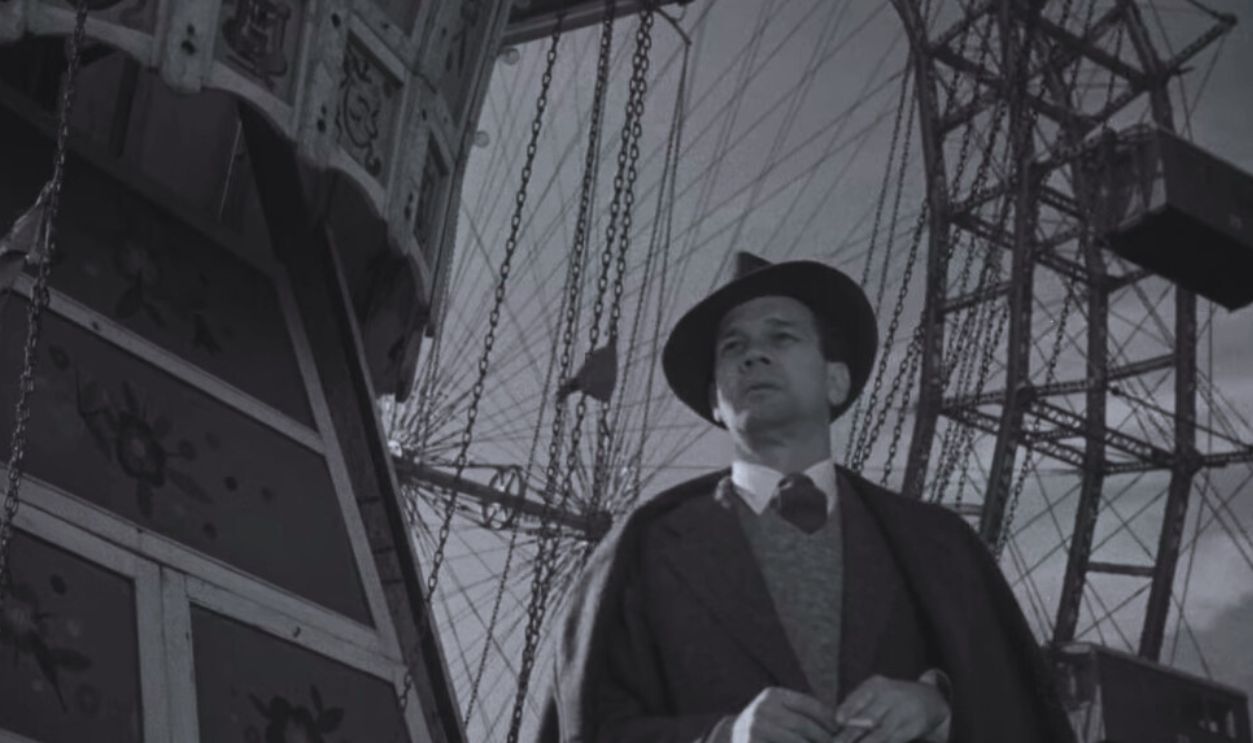 London Film Productions, The Third Man (1949)
London Film Productions, The Third Man (1949)
Nosferatu (1922)
This silent vampire film is nightmare fuel — and it’s over 100 years old. Nosferatu’s eerie imagery still gets under your skin, with Count Orlok creeping through doorways and casting impossibly long shadows. It’s proof that true horror doesn’t need blood or jump scares — just atmosphere and imagination.
The Night of the Hunter (1955)
Robert Mitchum’s preacher with “LOVE” and “HATE” tattooed on his knuckles is one of cinema’s great villains. The Night of the Hunter feels like a dark fairy tale — strange, beautiful, and terrifying. It’s a film that looks like poetry but cuts like a knife.
 United Artists, The Night of the Hunter (1955)
United Artists, The Night of the Hunter (1955)
Paths of Glory (1957)
Stanley Kubrick’s anti-war masterpiece doesn’t glorify battle — it exposes its futility. Paths of Glory follows soldiers caught in a system that values pride over human life. Kirk Douglas gives a fierce, emotional performance, and the stark black and white makes the story hit even harder.
 United Artists, Paths of Glory (1957)
United Artists, Paths of Glory (1957)
Metropolis (1927)
Fritz Lang’s Metropolis is a sci-fi landmark — futuristic, massive, and visually stunning. Its towering cityscapes and robot-human themes inspired everything from Blade Runner to The Matrix. Even today, it feels visionary — like a dream of the future imagined by someone from the past.
Rebecca (1940)
Part romance, part ghost story, Rebecca is Alfred Hitchcock at his most atmospheric. A shy young woman marries a wealthy widower, only to find his estate haunted by the memory of his late wife. Every corridor feels cold, every shadow alive. It’s haunting without needing a single ghost.
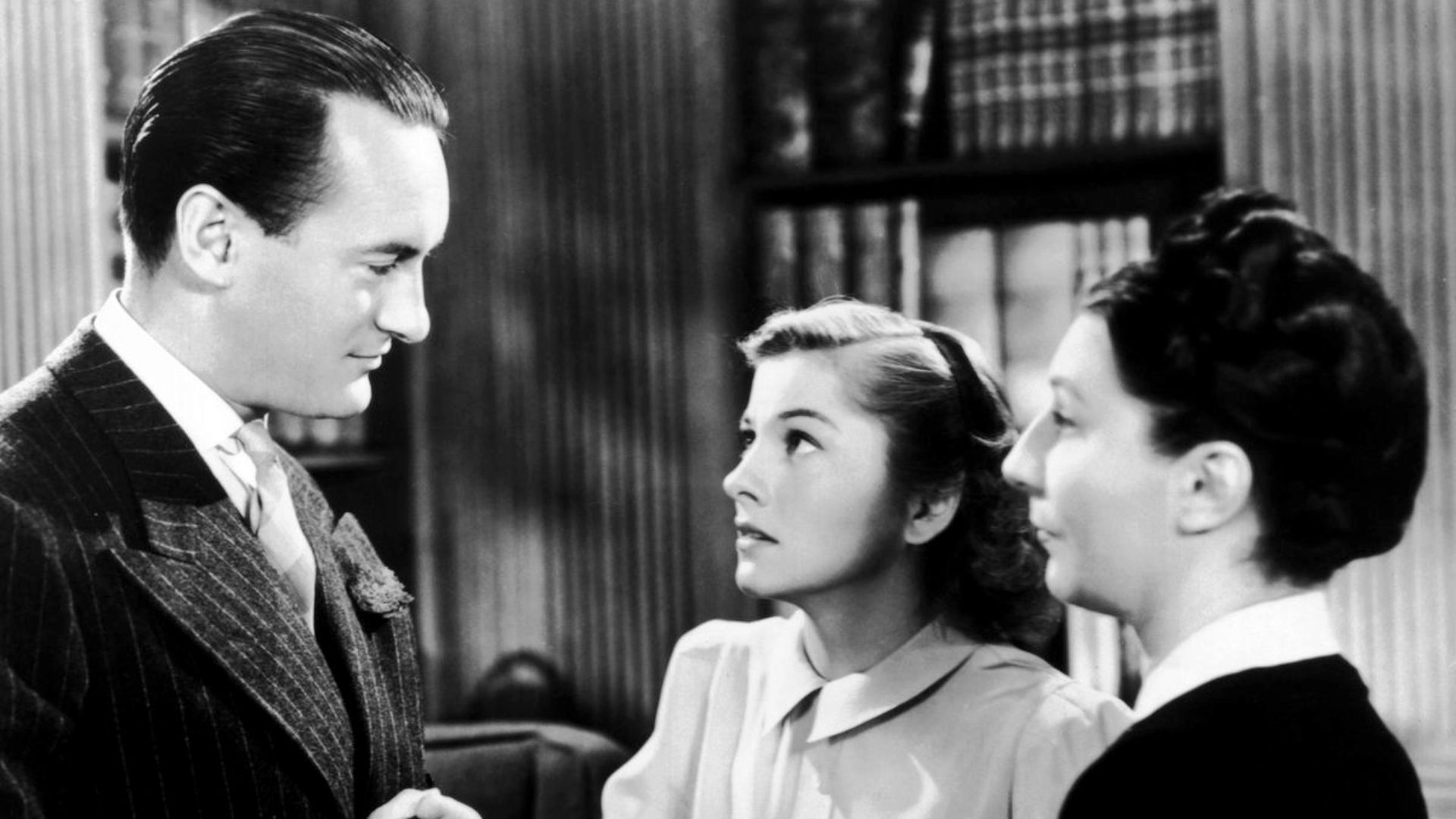 Macfadden Publications, Inc.; Selznick International Pictures, United Artists, Wikimedia Commons
Macfadden Publications, Inc.; Selznick International Pictures, United Artists, Wikimedia Commons
The Grapes of Wrath (1940)
John Ford’s adaptation of Steinbeck’s novel captures the Dust Bowl struggle with empathy and grit. Henry Fonda shines as Tom Joad, a man trying to protect his family while the world falls apart. The black and white cinematography makes the hardship feel even more real — stark and human.
 A Darryl F. Zanuck Production, Wikimedia Commons
A Darryl F. Zanuck Production, Wikimedia Commons
A Hard Day’s Night (1964)
If you ever want to see pure joy on screen, watch A Hard Day’s Night. The Beatles run through a whirlwind of fame, chaos, and laughter in this mockumentary-style gem. It’s breezy, clever, and impossibly fun. You can practically feel the energy bursting out of every frame.
 United Artists, A Hard Day’s Night (1964)
United Artists, A Hard Day’s Night (1964)
Bringing Up Baby (1938)
Cary Grant, Katharine Hepburn, and a leopard named Baby — chaos guaranteed. Bringing Up Baby is screwball comedy at its wildest, full of misunderstandings, fast dialogue, and perfect timing. It’s proof that classic Hollywood could do absurdity just as well as it did glamour.
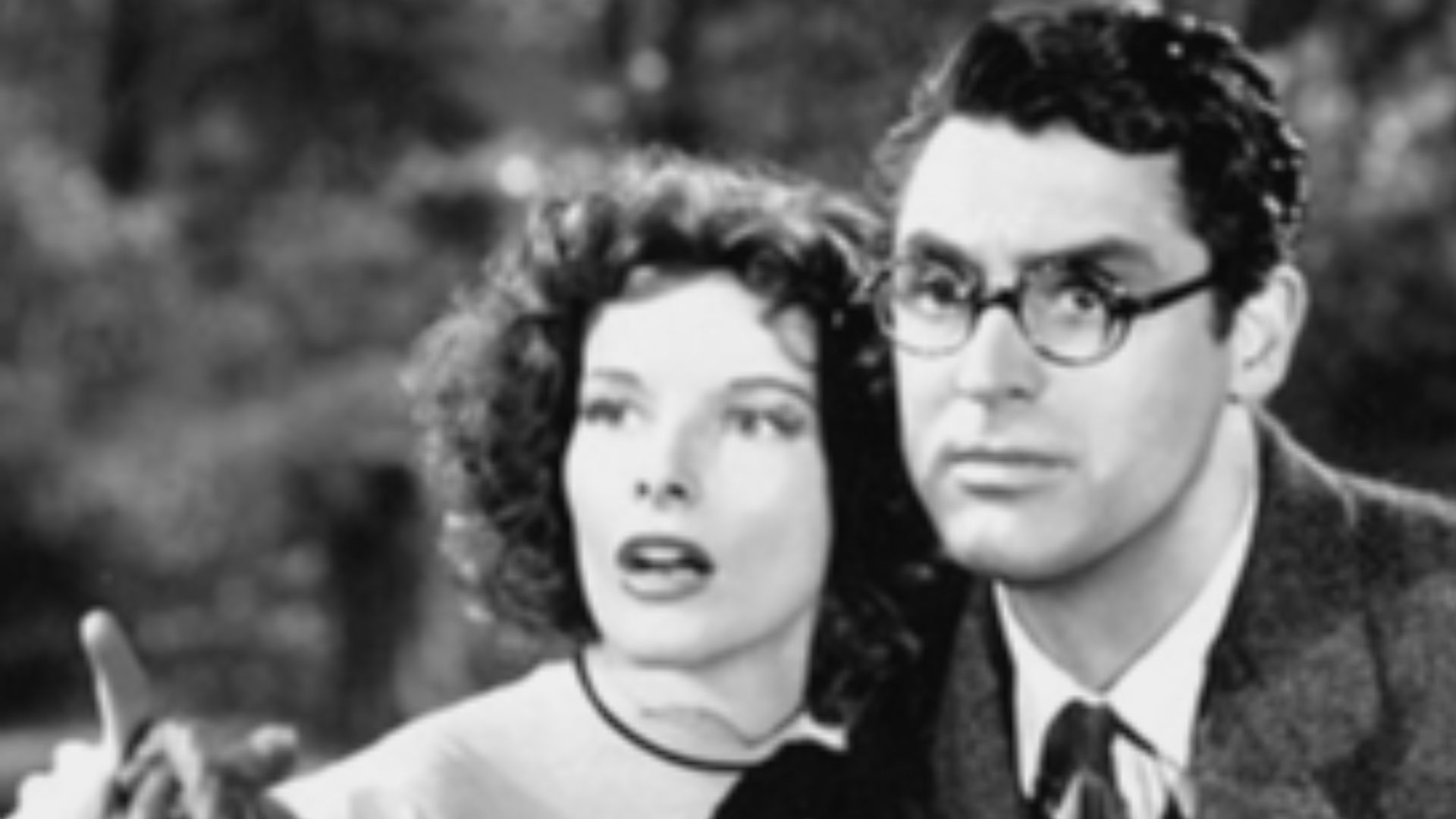 RKO Radio Pictures (work for hire), Wikimedia Commons
RKO Radio Pictures (work for hire), Wikimedia Commons
Fade to Black — But Never Forgotten
Black and white films aren’t just relics from another time. They’re living, breathing works of art that shaped everything that came after. Their simplicity isn’t a limitation — it’s their superpower. They remind us that even without color, movies can still move us, thrill us, and make us fall in love with cinema all over again.
 RKO Radio Pictures, Bringing Up Baby (1938)
RKO Radio Pictures, Bringing Up Baby (1938)
You May Also Like:
Horror Comedies That Actually Nail Both Genres
Bela Lugosi's Long Hard Road To Becoming Dracula
The Best Cameos By Directors In Their Own Movies
Sources: 1, 2, 3

